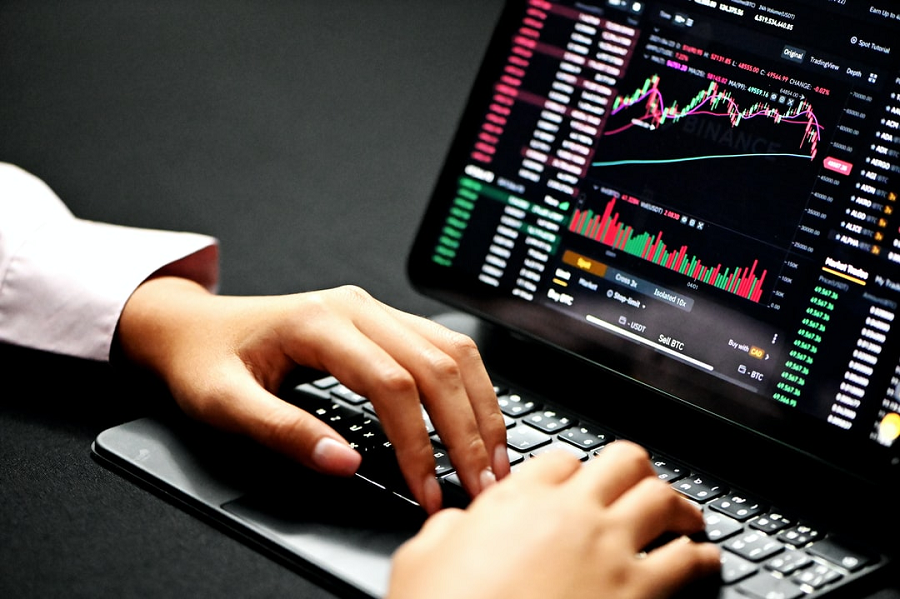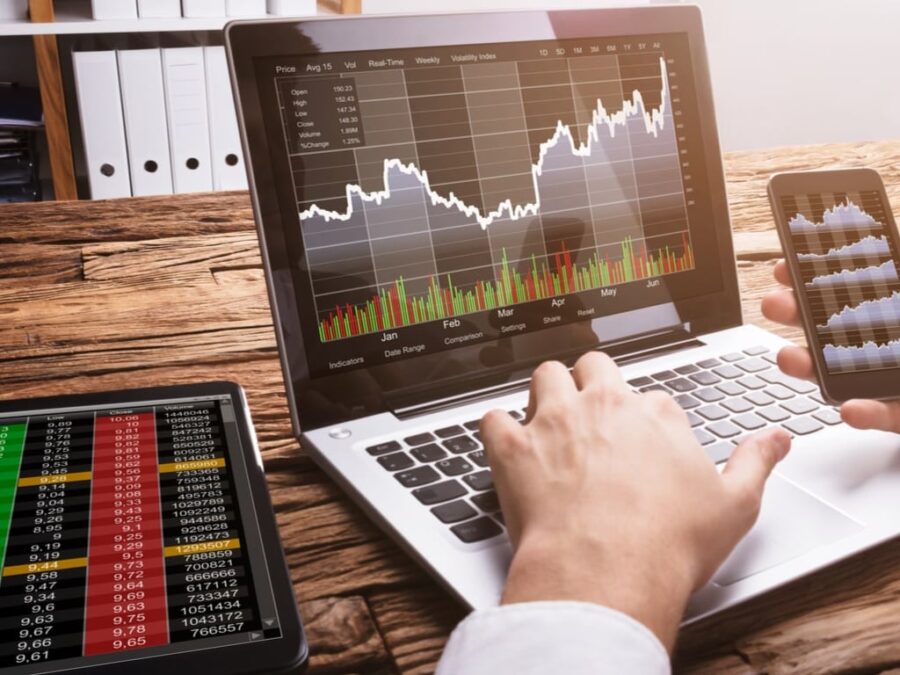To summarize this, coming up next are the five significant contrasts between a Demat account and an exchanging account:
1. Working:
The essential limit of a dematerialized account is that of insurance storing, in any case, it furthermore plays out the limit of re-appearance, which is the change of the offers from electronic to actual construction. The task of selling and buying the stocks is the commitment of the exchanging part, under the bearings of the client or by the actual client. In case a trader needs to trade, say cash, simply an exchanging account is required; yet if a seller wishes to trade stocks, the two records are compulsory when you check ITC share price.
2. Fundamental nature of Demat and exchanging accounts:
A dematerialized record or stock record holds shares, protections, government securities, and normal resources in an electronic design. The financial instruments that are held in a stock record are traded on the securities exchange with the help of an exchanging account. Here is a genuine closeness: Imagine you have 1,000 rupees in your wallet (for instance exchanging accounts). You walk around a departmental store (for instance the offer market). You purchase a couple of things and close the expense. You by then pay the due total beforehand existing in your wallet. For this present circumstance, your wallet is the exchanging account since it was the wellspring of resources for the trade. Your shopping sack is the Demat account since it right now holds the benefits you purchased.
3. Guidelines and consistency norms for the two:
To open a Demat record or even an exchanging account, you need to push toward a SEBI insisted shipper and a Depository Participant (delegate) selected with the NSDL or CDSL. In the event that there ought to be an event of an exchanging account, such supports are not required. In any case, the amount of damage or exchanging accounts that an individual can have isn’t confined – disregarding the way that there is not a great explanation for having different records. To be sure, you can’t have more than one exchanging account with a lender since the records are extraordinarily associated with PAN cards.
4. Time span assessment:
Since the Trading account gets trades throughout some vague time period, it is continually assessed throughout some unclear time span ( 90 days, 1 year, etc). Demat account, being a record of the obligation regarding, is continually assessed at a point true to form.
5. Significance of these records:
A Demat account is an electronic store that holds your asset choices and protections. This record reflects the aggregate you put assets into offers and stocks and other worth subordinates. You can see all your exchanging trades and exchanging accounts in a smoothed-out way, similar to you seeing the trades in your passbook. It enables you to sell and buy your portions which are reflected in your Demat account using the ITC share price.
So, this is how a Demat account is different from a usual account!





